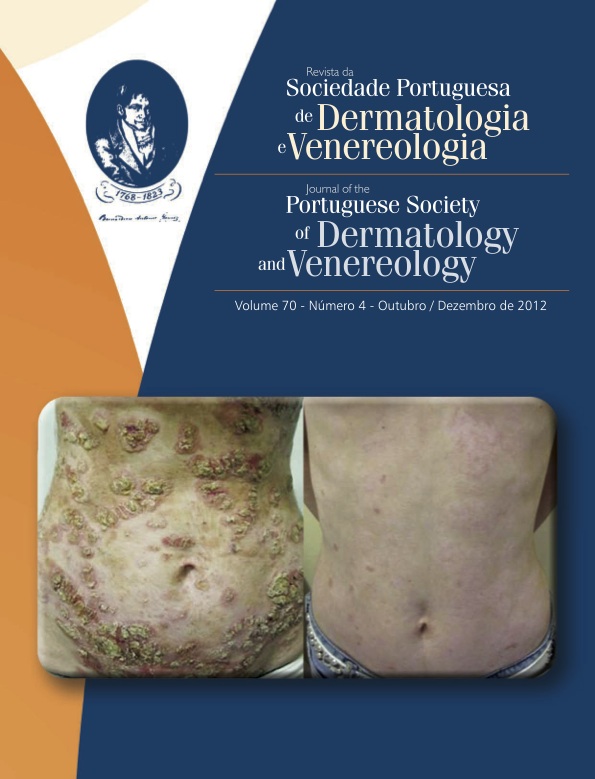ANTIBIOTIC RESISTANCE IN NEISSERIA GONORRHOEAE – PAST, PRESENT AND FUTURE
Abstract
Introduction: The antibiotic resistance in Neisseria gonorrhoeae has been considered an important public health problem worldwide, posing serious problems for its treatment in some countries. Aims: To overview the national and international antibiotic resistance reports on Neisseria gonorrhoeae. Material and Methods: Literature search in national and international scientific journals (the later indexed in PubMed/Medline and in English language). "Neis- seria gonorrhoeae antibiotic resistance" were used as keywords. Results: Third-generation cephalosporins (ceftriaxone and cefixime), alone or combined with azithromycin, replaced fluroquinolones as the first-line treatment for gonorrhea. Up to now, there were just a few reports on cephalosporin resistance. However, reports of an increase of the minimum inhibitory concentration (MIC) to cephalosporins, reflected by the decreased sensitivity to this class of antibiotics, be- came frequent. The azithromycin resistance has been reported in several countries. In Portugal, to date, there are no described cases of cephalosporin resistance; however, azithromycin – resistant Neisseria gonorrhoeae isolates and re- duced sensitivity to cephalosporins have already been described. Conclusion: New therapeutic agents are essential to overcome antibiotic resistance in Neisseria gonorrhoeae, as well as appropriate conducts by physicians, patients and sexual contacts of the later.
KEYWORDS – Anti-Bacterial agents; Drug resistance, bacterial; Neisseria gonorrhoeae; Guideline.
Downloads
All articles in this journal are Open Access under the Creative Commons Attribution-NonCommercial 4.0 International License (CC BY-NC 4.0).








